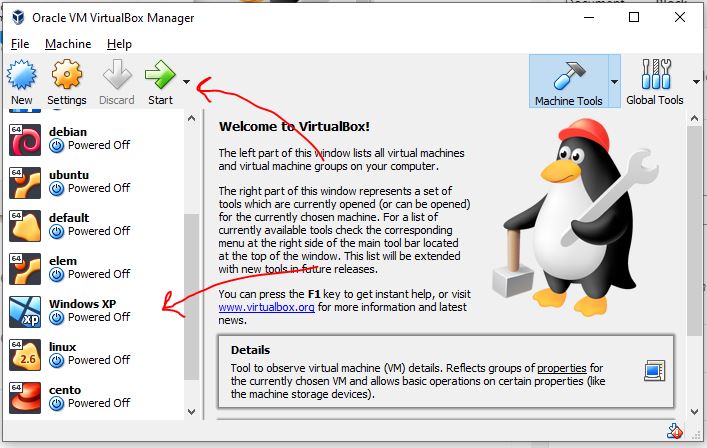


By default, it is VDI (VirtualBox Disk Image) and it is a standard.

The next interface is about the hard disk file type. Step 8.“Create a virtual hard disk now” option is checked by default. You can increase it according to the memory available on your system. Now automatically, “Type” will be selected as “Linux” and version will be chosen as “Red Hat (64-bit). Enter the name of the virtual machine in “Name” textbox e.g. Open VirtualBox, click the “New” button to create a new virtual machine. Once the CentOS is downloaded, it is ready to be installed on VirtualBox. Therefore, please wait until the file is downloaded. Click any one of the links to download the CentOS ISO file.Īs you can see it is a 6.6 GB file. Click “CentOS Linux DVD ISO” shown in the below image. To install CentOS 8.0 on VirtualBox, follow these steps: 64-bit x86 System How to get CentOS 8.0?.The following are some of the requirements that need to be fulfilled before this installation. Let’s get started without wasting any further time. Installing CentOS itself into that virtual machine.Setting up a virtual machine in VirtualBox.In the top menu, click the CD-ROM icon, and then select CD/DVD Drive 1 > Connect to ISO image on the local disk.CentOS is a widely used Linux distribution based on RedHat Linux. In this guide, I am going to show you step-by-step how to install CentOS 8 in a VirtualBox virtual machine.Right-click the VM and select Power > Power On. In the Device Type section, select Client Device, and then click OK to save the changes.In the Virtual Machine Properties window, click CD/DVD Drive 1 and select your ISO file.In the left navigation pane, right-click the VM and select Edit Settings.See the VMware vSphere documentation for additional information. In the Media pane, click Browse, and then select the ISO image.In the left pane, select the DVD drive.Right-click the virtual machine and select Settings.See the Microsoft Hyper-V documentation for additional information. The installer is downloaded to your system.Ĭopy the upgrade ISO image file to a shared network folder (if required). Log in to the SolarWinds Customer Portal using your SolarWinds ID (SWI).Ĭlick the Products drop-down menu and select Security Event Manager (SEM), formerly Log & Event Manager (LEM).Ĭlick the Licenses drop-down menu and select your license tier.Ĭlick the SEM Upgrade ISO drop-down menu, select the targeted release version, and then click Download. This section describes how to download the SEM Upgrade ISO image file from the SolarWinds Customer Portal and mount the image on Microsoft Hyper-V or VMware vSphere.


 0 kommentar(er)
0 kommentar(er)
